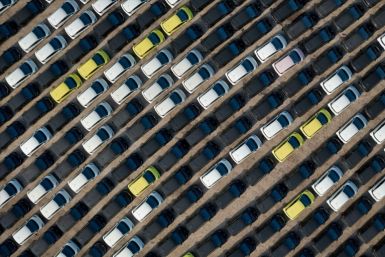No Holes In Your Swiss Cheese Because The Milk Is Too Clean

The mystery of the holes in Swiss cheese has been cracked. It debunks the popular scientific belief that the carbon dioxide released by bacteria is responsible for the holes in the cheese. According to a recent study, the clean milking process prevented the formation of holes in the Swiss cheese.
The mystery of the disappearing holes in Swiss cheese has been baffling researchers since 1917. In a study by American Scientist, William Clark, it was reported that the holes in Swiss cheese was due to the release of carbon dioxide by bacteria during the maturation process.
But the recent findings by Agroscope, the state-run agricultural centre in Switzerland, have proved it otherwise. According to the study the tiny bits of hay which falls in the bucket during the milking process are responsible for the formation of holes, reports the BBC.
The holes for cheeses like Emmenatal and Appenzell have been getting smaller and, in some cases, disappeared altogether. Scientists report that the mechanised milking process has cleansed the system. Agroscope spokesman Regis Nyffele said to Agence France-Presse, “It is the disappearance of the traditional milk bucket" used during the milking that caused the difference. The presence of microscopic hay particles created holes as the milk matured into cheese. For the past 10 to 15 years, fewer holes have been reported as the traditional open buckets were replaced by sealed milking machines which prevented the falling of any foreign particles.
It has taken over a hundred years for the scientists to solve this mystery. It has debunked many theories and old wives tales, which attributed holes to mice that lived with the cheese.
The transition in to fully automated dairy system from the traditional barns has changed the looks for cheese. But both scientists and the customers have not reported any change in the taste.
For questions/comments regarding the article, you may email the writer at honeygeorge74.ibtimes@gmail.com.






